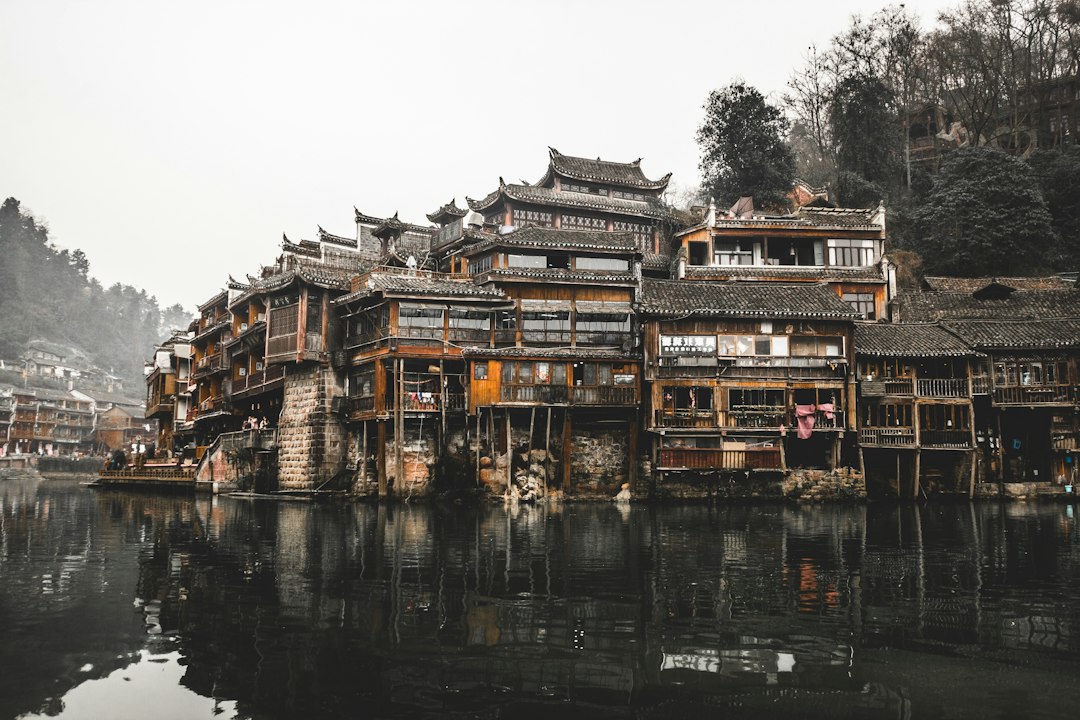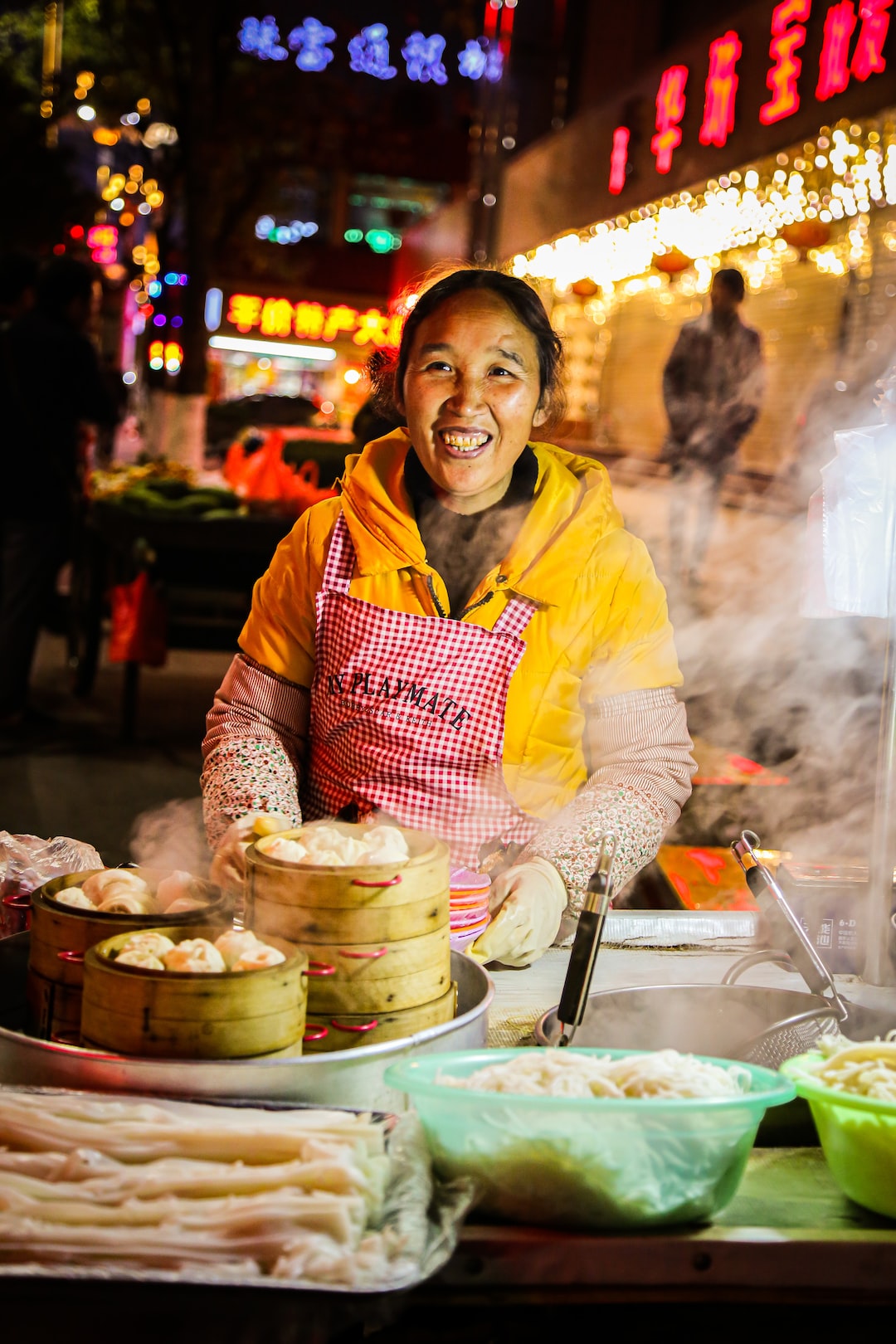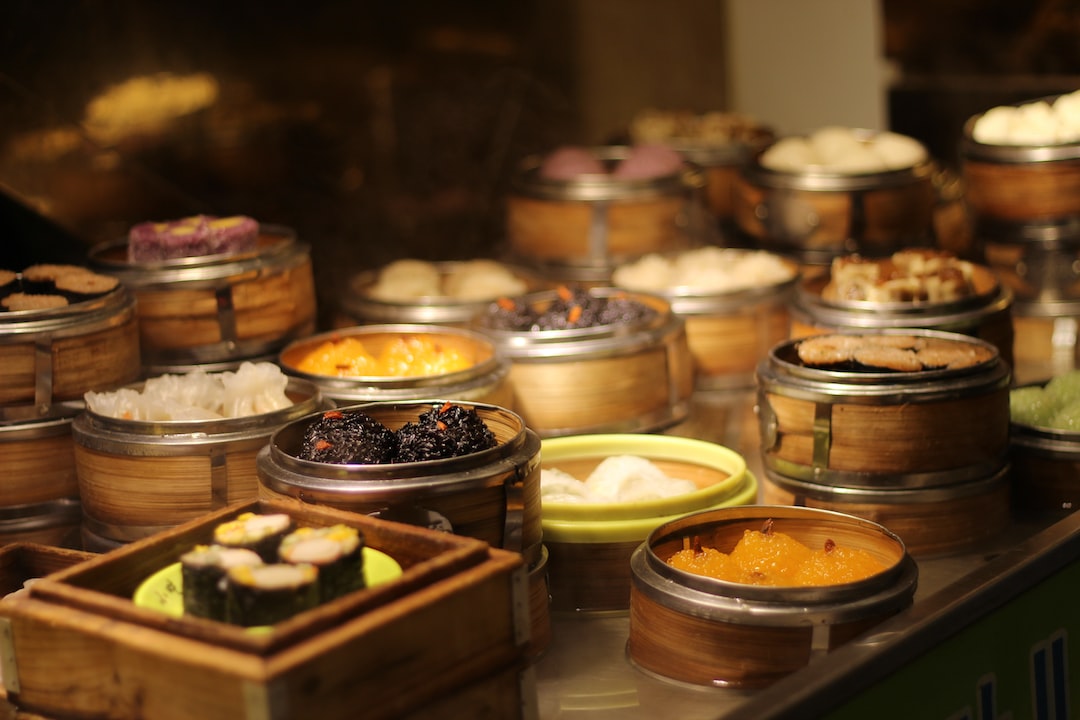China’s rich tapestry of history is displayed in its ancient temples spanning thousands of years, showcasing an intricate blend of Buddhist, Confucianist, and Taoist influences, as well as distinctive architectural splendor. From serene Tibetan abodes to grand imperial edifices, these Chinese temples stand unparalleled and captivating.
Temple of Heaven, Beijing
Beijing’s Temple of Heaven is a symphony of architectural brilliance with a storied past. Established by the Yongle Emperor in the 15th century, who also founded the Forbidden City, it served as the ceremonial focal point for imperial prayers for a prosperous harvest. The temple complex is famed for its unique circular structure and immense cultural significance, making it a must-visit in the capital city.
Lingyin Temple, Hangzhou
In the lush environs of West Lake in Hangzhou, the Lingyin Temple or 'Temple of the Soul’s Retreat' is a beacon of Buddhism. With origins tracing back to the 4th century, this temple, repaired and rebuilt over many eras, is today one of China’s largest and most venerated Buddhist sites, renowned for the Feilai Feng grottoes with their ancient and intricate Buddhist carvings.
Shaolin Temple, Luoyang
Near Luoyang lies the famous Shaolin Temple, the cradle of Shaolin kung fu. Since the 6th century, this Buddhist temple has been a haven for warrior monks and martial arts. The temple is also recognized for its Pagoda Forest, a UNESCO-certified ensemble of over 200 historical pagodas serving as monastic tombs.
Hanging Temple, Datong
The astonishing Hengshan Hanging Temple near Datong defies gravity, clinging to a cliffside since the times of the Qin dynasty. This temple uniquely honors the trinity of Chinese religions: Buddhism, Taoism, and Confucianism. Its magnificent yet precarious construction has earned it a place among the world’s most spectacular architectural wonders.
Nanshan Temple, Sanya
Amidst the tropical splendor of Hainan, Nanshan Temple stands with a 108-meter-tall Guan Yin Buddha statue that dominates the landscape. Established in 1988, the temple encapsulates two millennia of Buddhism in China, presenting a magnificent ensemble against the island’s enchanting backdrop.
Jokhang Temple, Lhasa, Tibet
The spiritual core of Tibetan Buddhism, Jokhang Temple in Lhasa is a site of deep veneration and the epicenter of Tibetan religious life. Housing statues symbolic of Tibetan Buddhism’s origins, the temple’s unique architectural style fuses Tibetan, Nepalese, and Indian aesthetics.
White Horse Temple, Luoyang
Near Luoyang, the White Horse Temple holds the distinction of being China's earliest Buddhist sanctuary, dating back to 68 AD. Enshrouded in legend and steeped in history, it is an icon of religious learning and features rare ancient statues and splendid gardens, particularly vibrant during the annual Peony Festival.
Lama Temple, Beijing
Beijing's Lama Temple, or Yonghe Temple, balances spiritual sanctity with imperial roots, serving as a major Tibetan Buddhist monastery. Known for housing an 18-meter tall Maitreya Buddha carved from a single wood block, the temple's grand architecture and religious artifacts offer a tranquil retreat in the city's heart.
Confucius Temple, Qufu
In Qufu, Shandong, the Confucius Temple commemorates the renowned sage Confucius, embodying influential Confucian teachings. As China’s most extensive Confucian temple, its vast complex includes 500 rooms reflecting the tradition's enormity and impact on Chinese culture.
Da Ci’en Temple, Xi’an
Xi’an’s Da Ci’en Temple, home to the famous Big Wild Goose Pagoda, showcases over a thousand years of Buddhist history and tradition. Founding by the illustrious monk Xuanzang, who introduced the Yogacara Buddhist tradition, this temple remains a cornerstone of spiritual practice and architectural beauty.
These fascinating temples illustrate China's profound historical and cultural richness, providing an indispensable experience for those exploring the country’s spiritual heritage.



